Best Online Banking Apps in 2025
Find out the best online banking apps in 2025, their features, benefits, and how to use them. Explore apps like Chime, Revolut, N26, and more.
What Are the Best Online Banking Apps (A Complete Guide for 2025)
Online banking apps have changed the way we handle money. In 2025, millions of people prefer digital banks over traditional institutions because of speed, low fees, and convenience. But with so many choices available, the question arises: What are the best online banking apps today?
In this content, we will explore the top online banking apps, their countries of origin, how to use them, and their benefits. By the end, you will know which app suits your financial lifestyle best. Let’s dive in.
Online Banking Apps
Online banking apps are mobile platforms that allow you to manage your finances without visiting a physical branch. From checking balances to sending international payments, everything can be done through your smartphone.
These apps offer more than just digital convenience, they’re reshaping how people think about money.
Why Online Banking Apps Are Gaining Popularity
- 24/7 access to accounts without waiting in long queues
- Lower fees compared to traditional banks
- Faster transfers across borders
- Innovative budgeting tools that help users save and invest
Key Features That Define the Best Online Banking Apps
Security and Two-Factor Authentication
Top apps use advanced encryption, biometrics, and two-factor authentication to protect user data.
User-Friendly Interface
A smooth, easy-to-navigate design makes money management stress-free.
Instant Transactions and Payments
Peer-to-peer payments, quick transfers, and real-time notifications are essential.
Global Accessibility
Best apps allow international usage without high conversion fees.
Top Online Banking Apps in 2025
Here is a breakdown of some of the best digital banking apps, their countries, and how they work.
Chime (United States)

- How to Use Chime App: Download the app, sign up with your email, and connect your debit card. Chime offers early direct deposits and automated savings.
- Benefits: No overdraft fees, early paycheck access, and easy-to-use budgeting tools.
Revolut (United Kingdom)
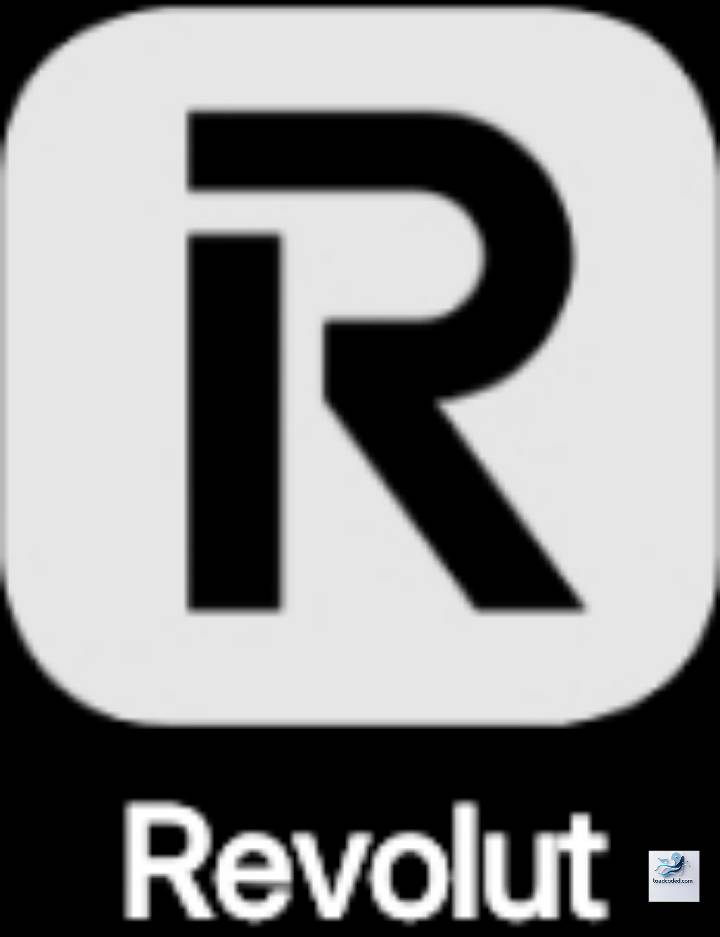
- How to Use Revolut App: Create an account, verify your identity, and top up your balance. You can spend globally with minimal conversion fees.
- Benefits: Multi-currency support, cryptocurrency trading, and strong security.
N26 (Germany)

- How to Use N26 App: Open an account online, verify via video ID, and start using the app with a free debit card.
- Benefits: Real-time spending updates, no hidden fees, and excellent European coverage.
Monzo (United Kingdom)
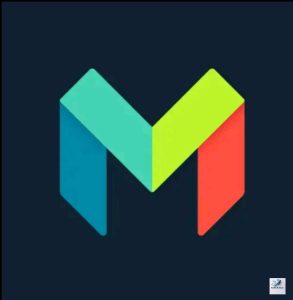
- How to Use Monzo App: Download the app, register with proof of identity, and order a Monzo debit card.
- Benefits: Great budgeting features, bill splitting, and transparency on spending.
Ally Bank (United States)
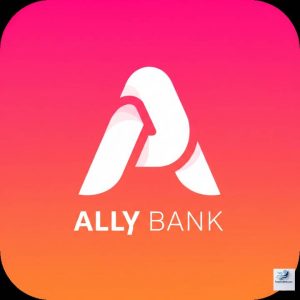
- How to Use Ally Mobile App: Sign up online, log into the mobile app, and access banking services like savings, loans, and investments.
- Benefits: High-interest savings accounts and strong customer service.
Wise (United Kingdom)
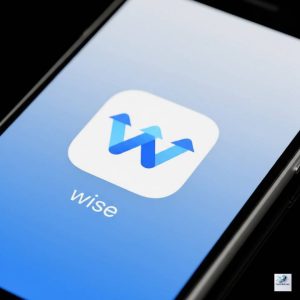
- How to Use Wise App: Register, verify identity, and transfer money internationally at low fees.
- Benefits: Real exchange rates, low-cost transfers, and multi-currency accounts.
How to Choose the Right Online Banking App
When choosing, consider:
- Fees: Look for low or no hidden charges
- Currency Support: Essential for travelers and freelancers
- Customer Support: A reliable helpdesk can save you headaches
- Country Restrictions: Some apps don’t operate everywhere
Benefits of Using Online Banking Apps
- Convenience: Manage money from anywhere
- Low Fees: Cheaper than traditional banking services
- Budget Management: Built-in savings tools help with goals
- Eco-Friendly: Paperless statements save resources
The Effects of Online Banking Apps on Financial Habits
- Encouraging Financial Responsibility – Users track spending more effectively.
- Global Accessibility – Expats and freelancers can move money easily.
- Impact on Traditional Banks – Pushes physical banks to modernize services.
Common Challenges with Online Banking Apps
- Cybersecurity Threats – Hackers target financial apps, so security is crucial.
- Limited Physical Access – Depositing cash can be inconvenient.
- Regional Restrictions – Some apps work only in specific countries.
Best Online Banking Apps in Africa
M-Pesa (Kenya & East Africa)
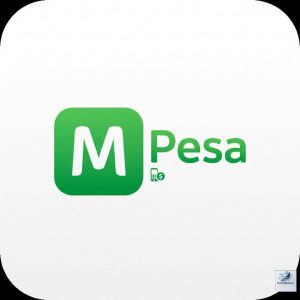
Launched by Vodafone and Safaricom in 2007, M-Pesa enables users across Kenya, Tanzania, Ghana, South Africa, and more to deposit, withdraw, transfer money, pay for goods, and access savings and credit, all via simple mobile phones .
Pros: Exceptional reach in underbanked areas, highly accessible UI via SMS, massive adoption.
Cons: Transaction fees can be high for low-income users; still predominantly mobile-money rather than full banking.
TymeBank (South Africa)
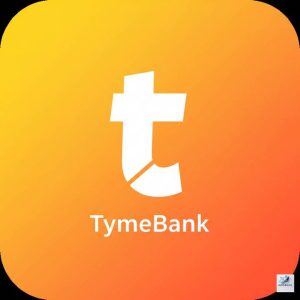
TymeBank is South Africa’s first full-service digital-only bank, launched in 2019, with over 9 million customers. It offers zero-fee debit cards, attractive savings interest, and added services like loans and insurance, particularly targeting underbanked populations .
Pros: No fees, strong savings offers, innovative delivery model via kiosks.
Cons: Limited to South Africa; still working to reach higher-income segments.
Best Online Banking Apps in Nigeria
Here’s a curated list of top mobile banking apps available in Nigeria, with details, pros, and cons:
1. Kuda Bank
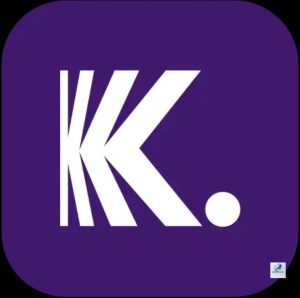
Branded as “the Bank of the Free,” Kuda is a UK-founded neobank operating in Nigeria since 2019 . It offers zero maintenance fees, free transfers, automated savings, instant loans, and stock investing via Bamboo.
Pros: Absolutely low-cost, user-friendly, savings/investment tools.
Cons: Customer support largely bot-driven; limited physical presence.
2. ALAT by Wema Bank

Nigeria’s first fully digital bank, ALAT features personalized savings plans, virtual dollar cards for international payments, bill payments, and flexible loans .
Pros: Virtual dollar card is great for global spend; award-winning app.
Cons: Account setup may be slow; occasional virtual card glitches.
3. OPay
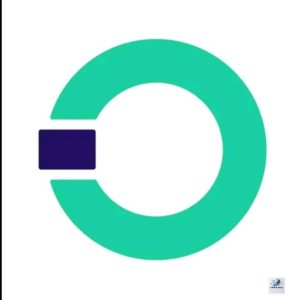
A multifunctional fintech, OPay offers banking, donations, e-commerce, and cashback features. It was licensed by the CBN, insured by NDIC, and has over 500 support reps .
Pros: Wide functionality; strong customer service; fast transactions.
Cons: Can feel overwhelming due to too many services; regulatory scrutiny has occurred.
4. V Bank (VFD)
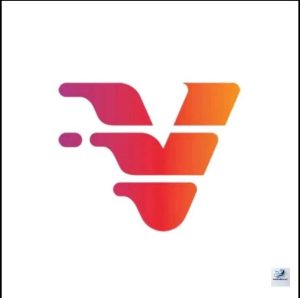
Operated by VFD Microfinance Bank, V Bank offers up to 10% interest on savings, free transfers, joint and children’s accounts .
Pros: Excellent savings interest, flexible account types.
Cons: Customer response may be slow at times.
5. Moniepoint

Originally TeamApt, Moniepoint now serves both businesses and individuals with seamless payments and banking tools. It achieved unicorn status after raising $110 million in 2024 .
Pros: Robust infrastructure; tailored business solutions; very reliable.
Cons: Primarily business-focused; may lack depth for everyday banking.
6. PalmPay
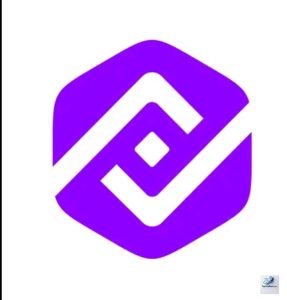
Founded by Transsion and NetEase, PalmPay is a digital wallet that offers bill payments, airtime, bank transfers, cashback, and super-app ambitions. It is pre-installed on many Tecno phones .
Pros: Easy onboarding without BVN; extensive rewards and discounts.
Cons: Less full-service capabilities than true banks; customer service issues reported.
7. Paga
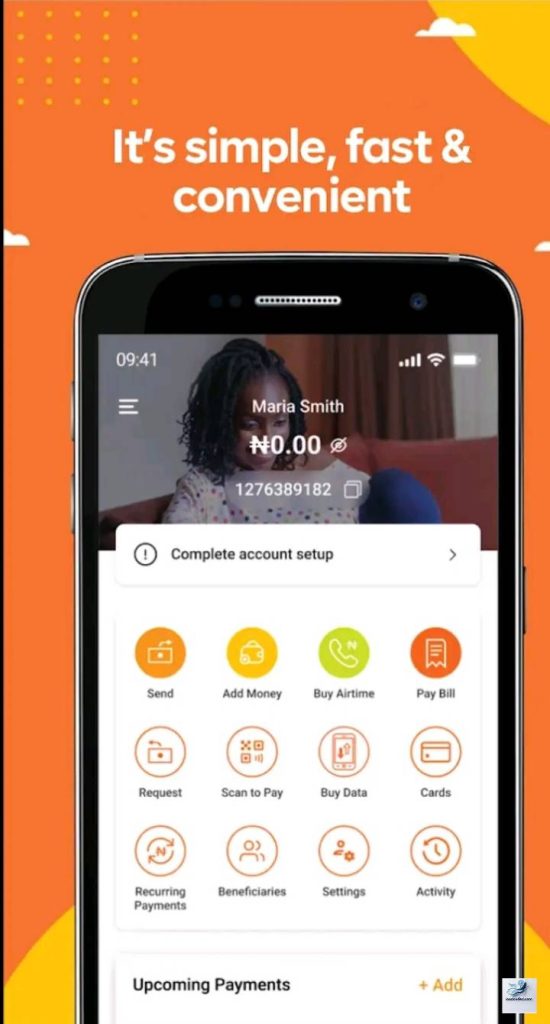
A long-standing player, Paga offers USSD, app, and web-based transfers, bill payments, and mobile wallet services. Highly accessible even offline .
Pros: Superb accessibility; no maintenance fees.
Cons: Limited advanced banking functionality.
8. PocketApp (PiggyVest)

A social, lifestyle-focused wallet integrated with savings (up to 15% annual interest) and PiggyVest functionality .
Pros: Fun, social UX; excellent savings interest.
Cons: Not ideal for business users.
9. Sparkle

Run by former Diamond Bank CEO, Sparkle offers multi-goal savings, virtual/physical cards, AI chatbot Indy, and business tools like invoicing.
Pros: Rich feature set; UI is modern; strong for SMEs.
Cons: App crashes and poor service reported by users; limited for international spend.
10. Additional Traditional Banks with Strong Apps
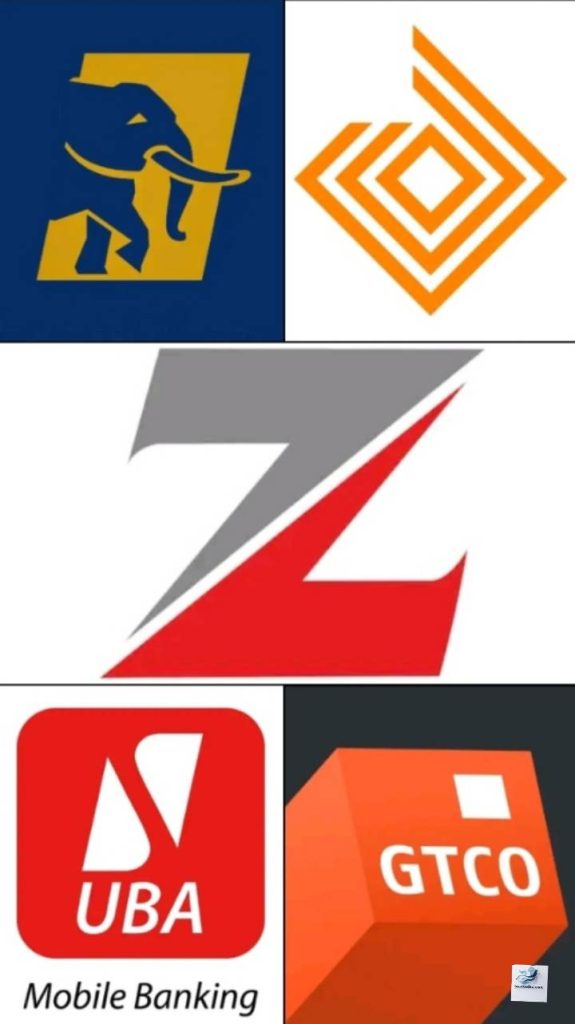
First Bank, Access, UBA, Zenith, GTWorld: These legacy banks have mobile apps with millions of downloads and offer fund transfers, bill payments, investments, biometric login, and international options .
Pros: Brand trust, broad coverage, full-service banking.
Cons: May carry fees, less modern UX.
Summary Comparison Table
| App / Bank | Country | Highlights | Pros | Cons |
|---|---|---|---|---|
| M-Pesa | Kenya & East Africa | SMS-based transfers, savings, credit | Accessibility, mass adoption | High fees, limited banking features |
| TymeBank | South Africa | Digital-only bank: savings, zero-fee cards | High interest, no fees | Only in SA, segment limitations |
| Kuda | Nigeria | Fee-free, savings, loans, stocks | Cost-effective, easy to use | Bot-heavy support |
| ALAT | Nigeria | Virtual dollar cards, savings plans | Great for international spend | Setup delays, occasional glitches |
| OPay | Nigeria | Multifunctional super-app | Versatile, strong support | Overwhelming for some, regulatory issues |
| V Bank | Nigeria | High-yield savings, flexible accounts | Excellent savings tools | Support can lag |
| Moniepoint | Nigeria | Business and personal banking infrastructure | Reliable, business-ready | Less focused on everyday users |
| PalmPay | Nigeria | Digital wallet with rewards, no BVN needed | Easy access, cashback | Limited full banking features |
| Paga | Nigeria | USSD/app/web, no fees | Extremely accessible | Lacks advanced features |
| PocketApp | Nigeria | Social payments + savings | High interest, social interface | Fewer business features |
| Sparkle | Nigeria | Business tools + savings + AI chatbot | Modern, multi-purpose | Stability and support issues |
| Traditional Banks (First, UBA, etc.) | Nigeria | Full-service banking & trusted brands | Broad services, security | Fees, older UX |
Insights
- Across Africa, fintech is leapfrogging traditional banking and mobile-first apps like M-Pesa and TymeBank provide access where infrastructure is weak.
- In Nigeria, a rich ecosystem exists from neobanks like Kuda and ALAT to multifunctional platforms like OPay and savings-first apps like PocketApp.
- The best choice depends on user needs: everyday spending? Go Kuda or ALAT. Business tools? Try Moniepoint or Sparkle. Social banking? PocketApp.
- Be mindful of support quality, regional availability, and whether you need international payment capabilities.
FAQs
Q1: Which online banking app is safest to use?
A1: Apps like Chime, N26, and Revolut use top-level encryption, making them highly secure.
Q2: Can I use an online banking app internationally?
A2: Yes, apps like Wise and Revolut are designed for global transactions.
Q3: Are online banking apps free to use?
A3: Most apps are free to download, but some charge transaction or premium fees.
Q4: Do these apps replace traditional banks completely?
A4: Not yet. They’re great for daily use, but traditional banks still dominate large loans and mortgages.
Q5: How do I deposit cash with an online-only bank?
A5: Many apps partner with retail stores or ATMs for deposits.
Q6: Which app is best for budgeting and savings?
A6: Monzo and Chime offer strong budgeting tools and automated savings.
Closing
The world is moving toward a cashless, digital-first economy, and online banking apps are at the heart of it. Whether you choose Chime in the U.S., Revolut in the U.K., or N26 in Europe, each app offers unique benefits.
With better security, cost savings, and international accessibility, these apps aren’t just replacing wallets but they are shaping the future of banking.
Best Online Banks , Do well to leave a comment below and always visit us for more related topics.
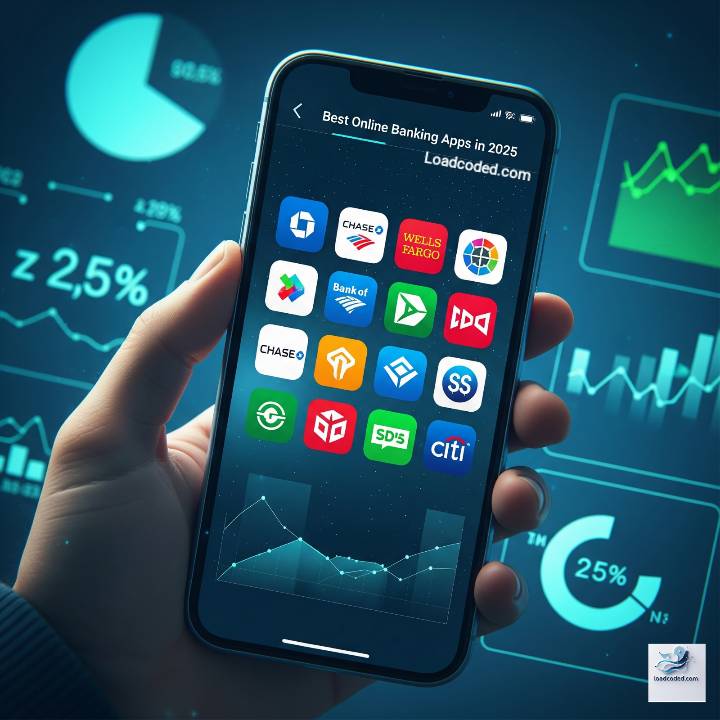






![What is the Difference Between an Investment Bank and a Broker Dealer? [Explained Simply] 54 sketch 1754313180238](https://loadcoded.com/wp-content/uploads/2025/08/sketch-1754313180238-150x150.jpg)







